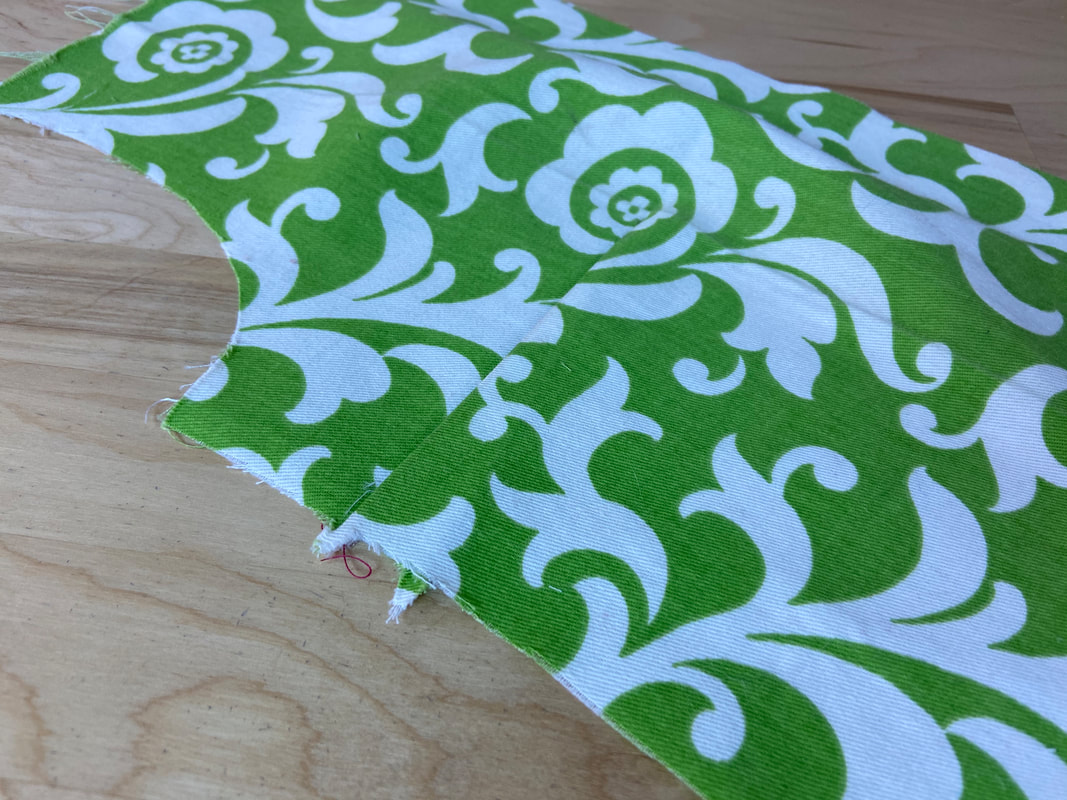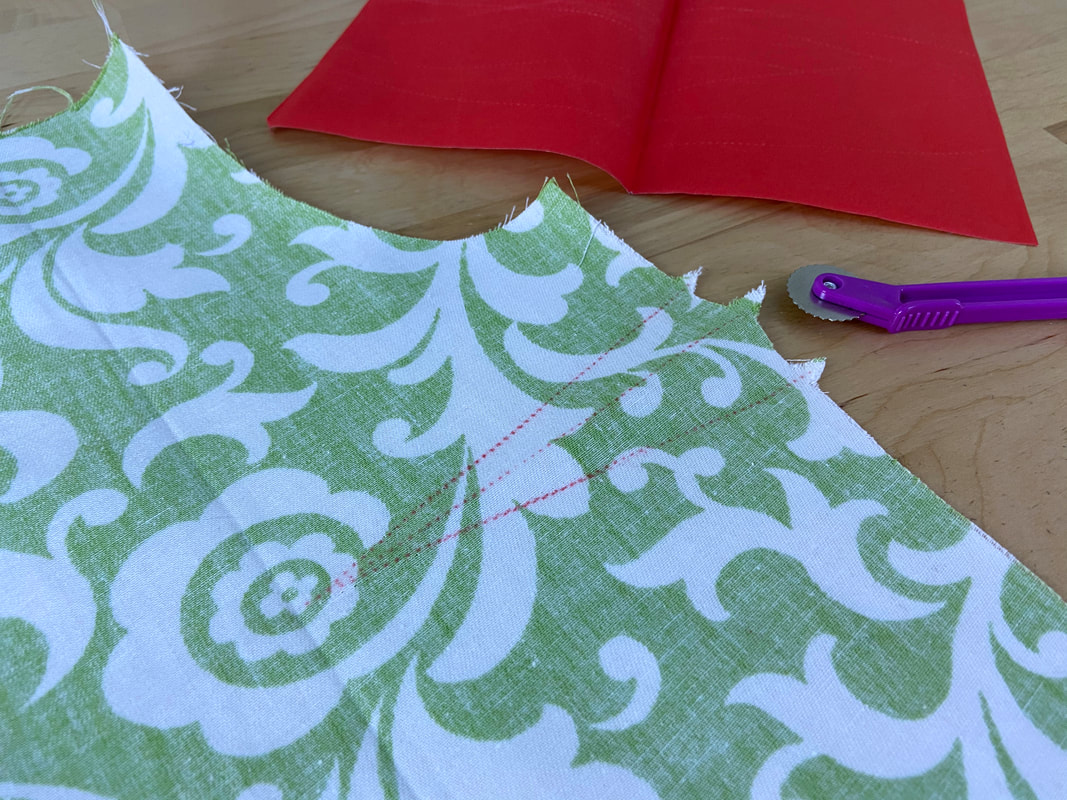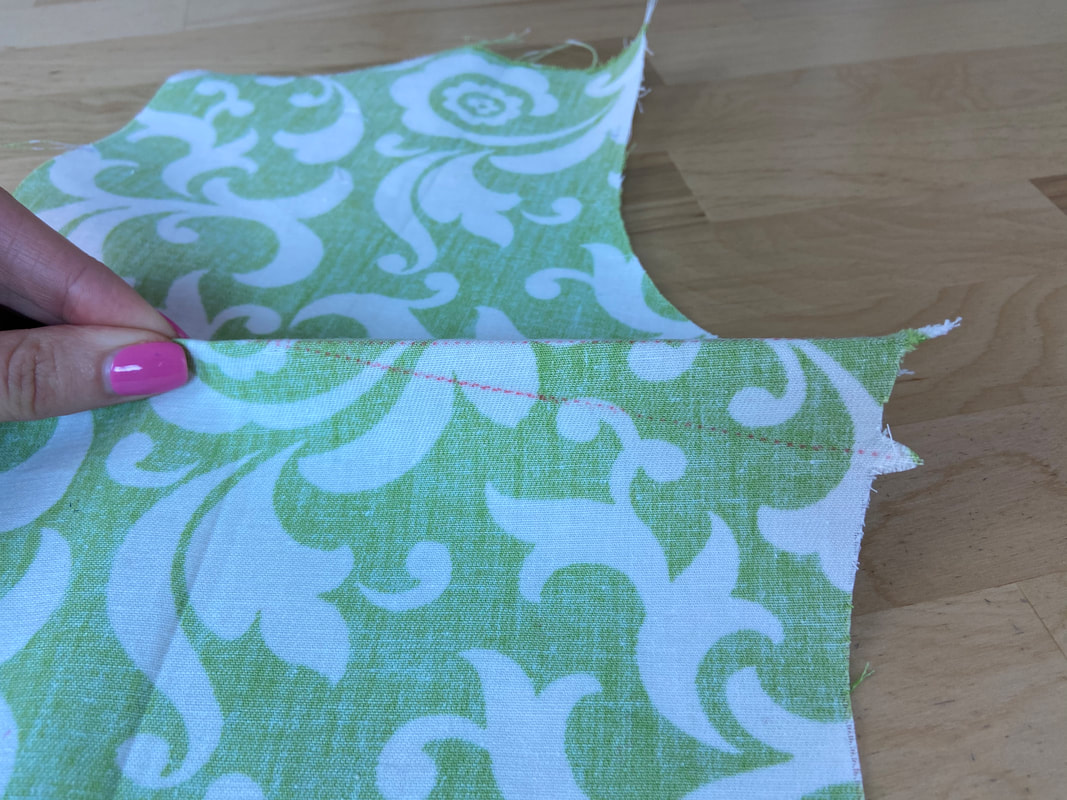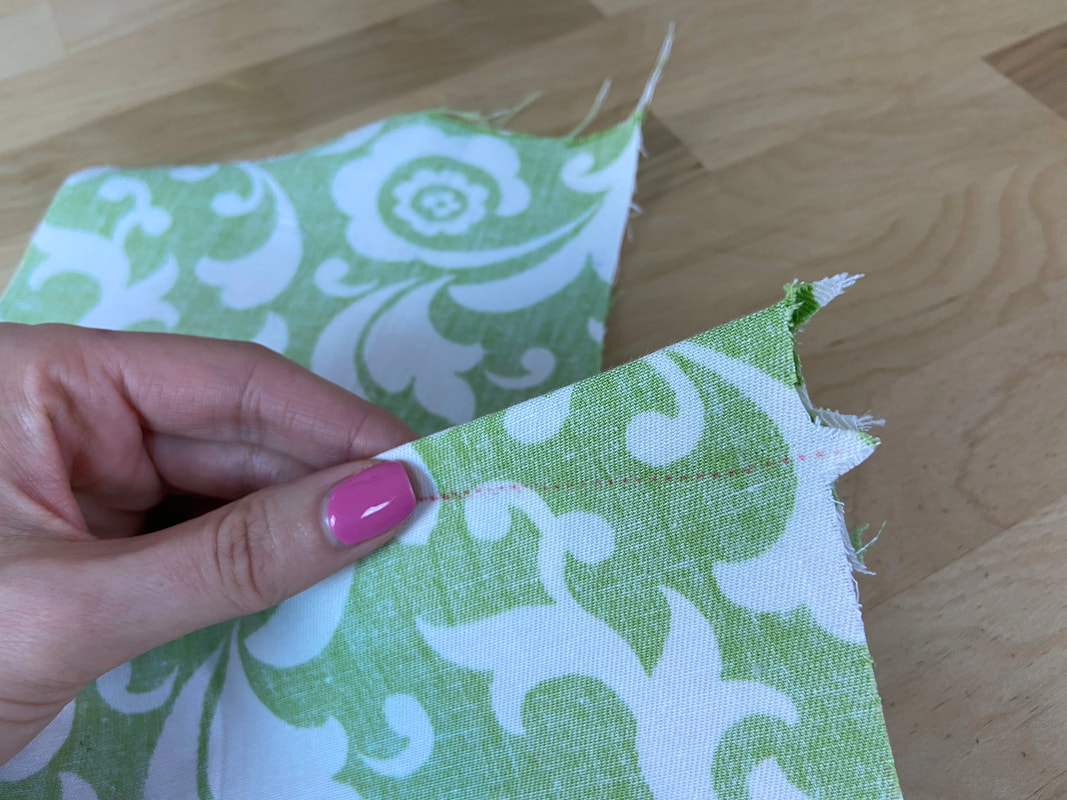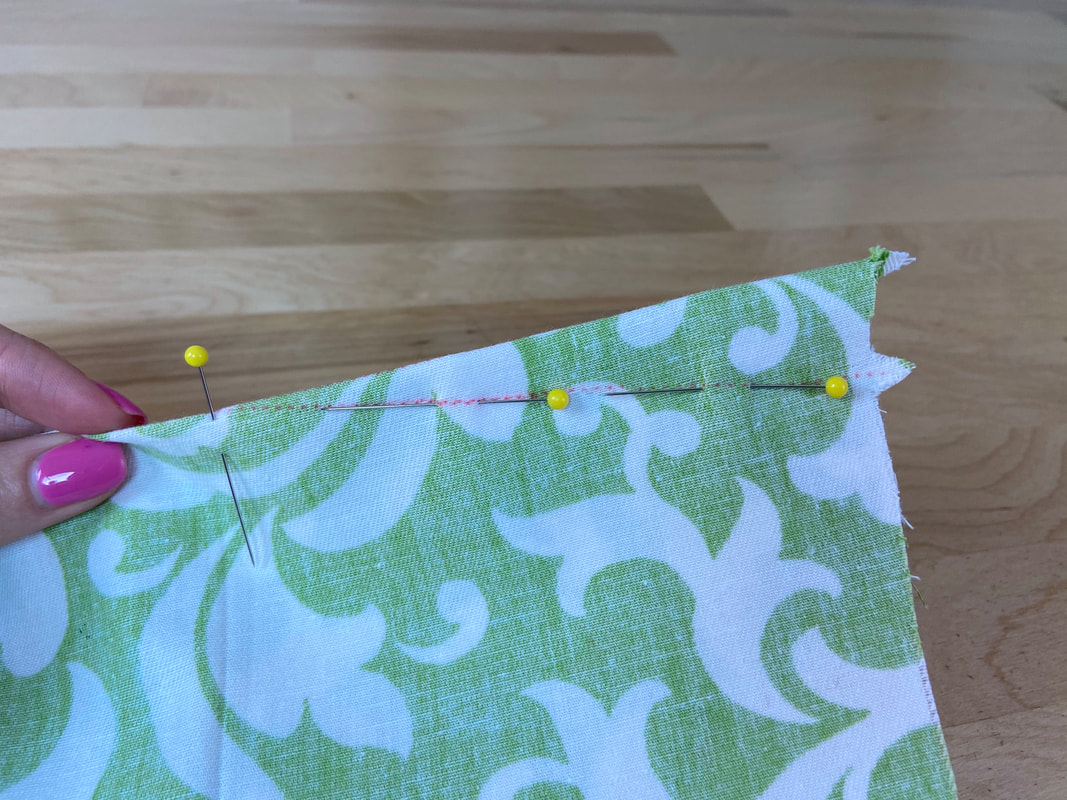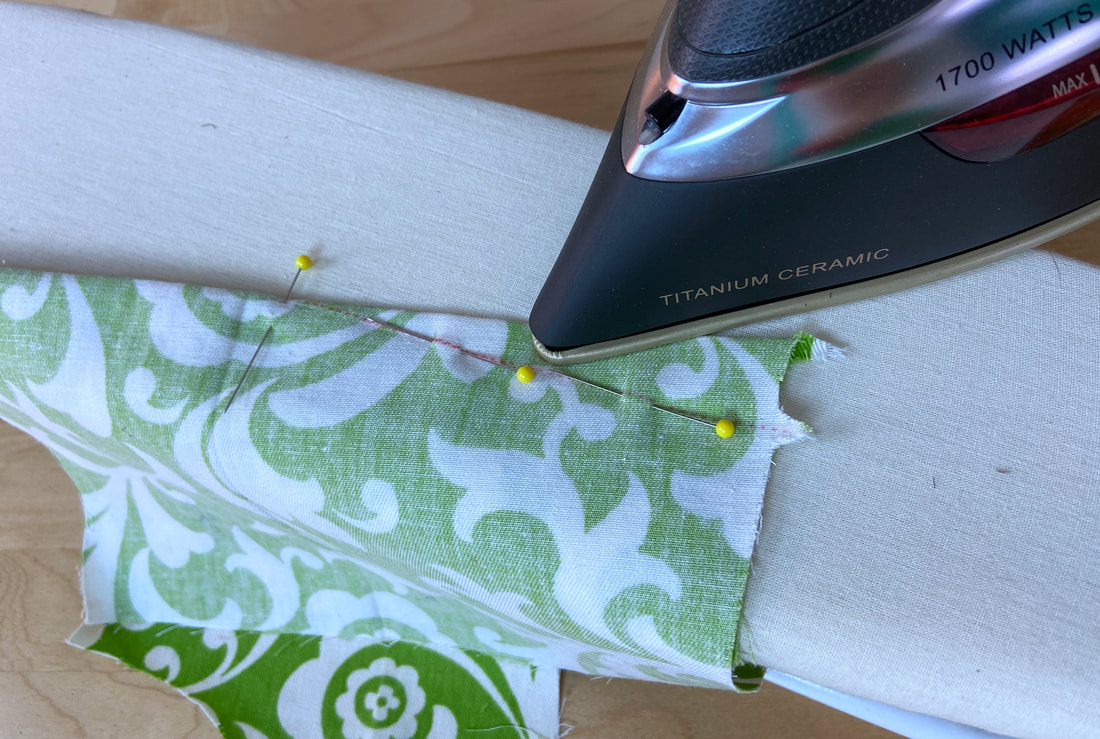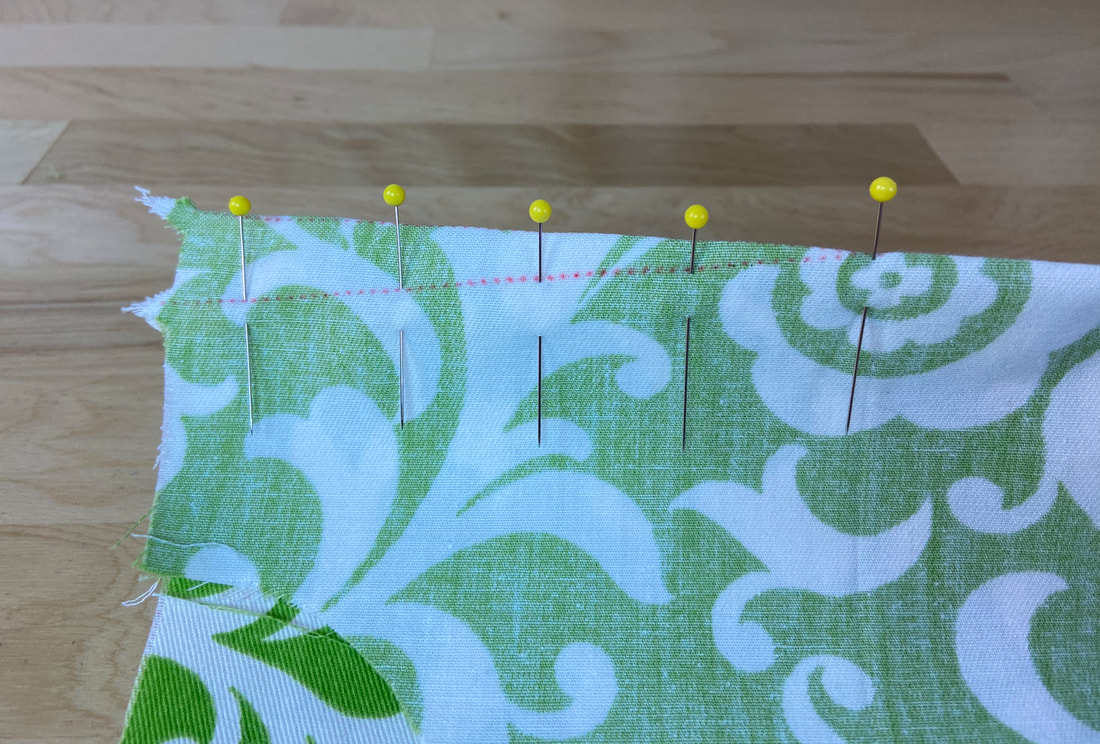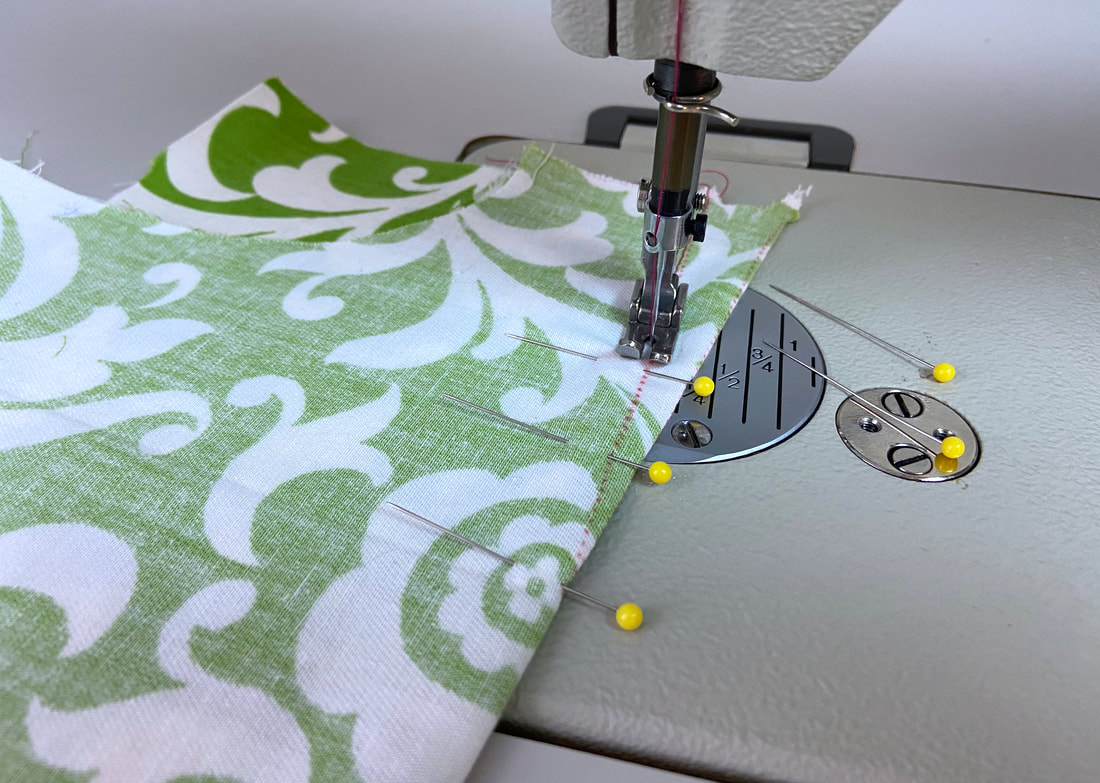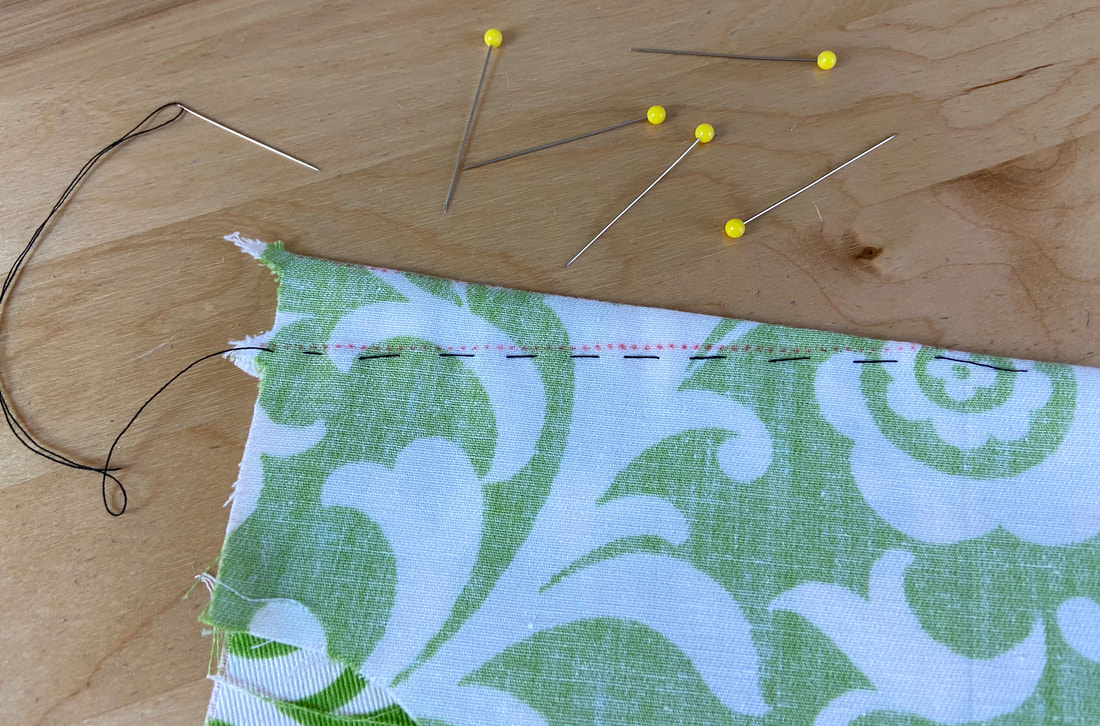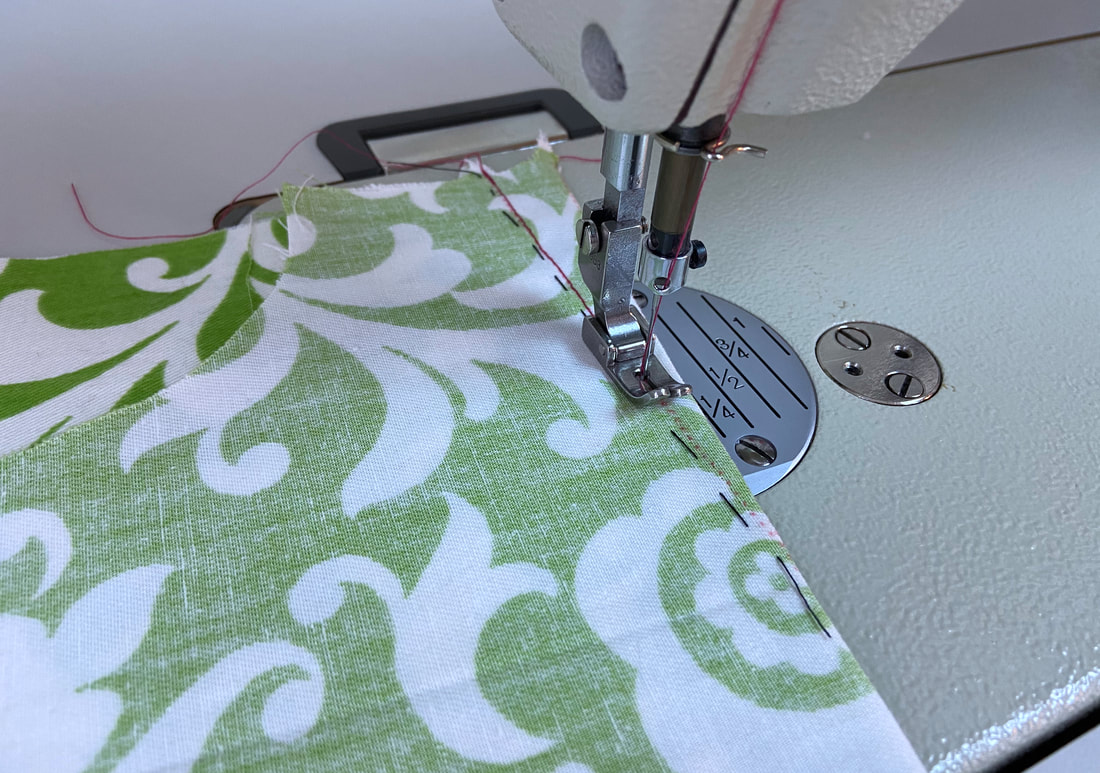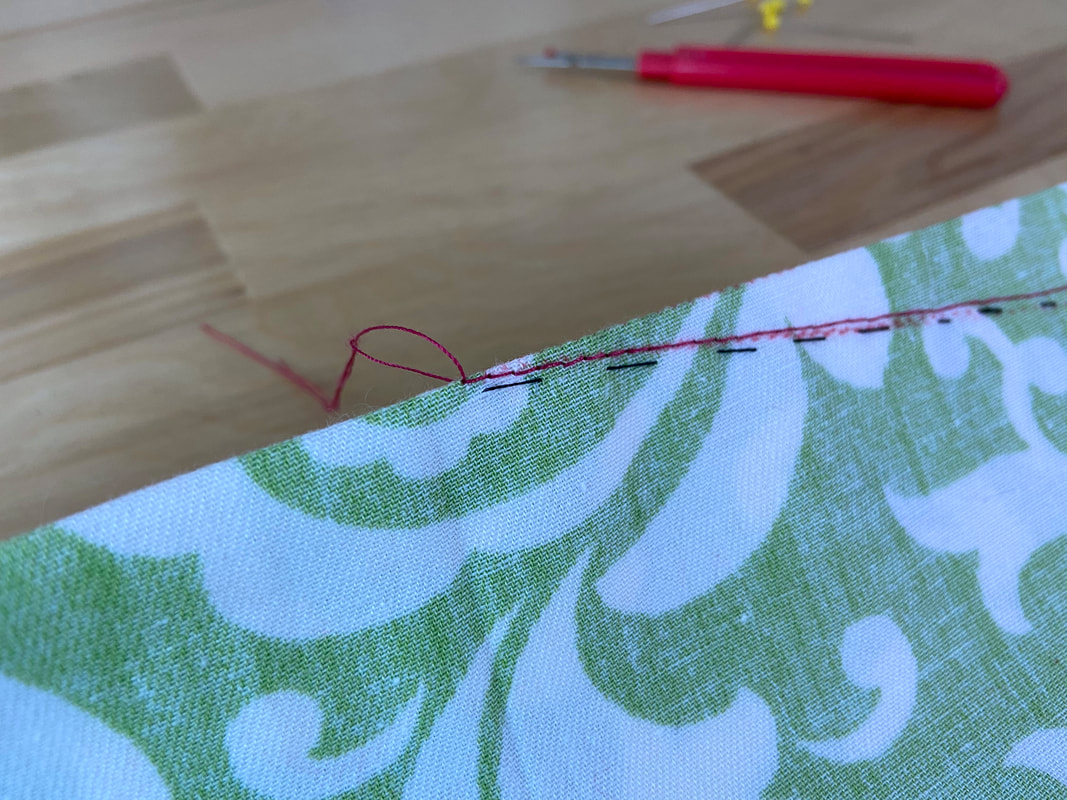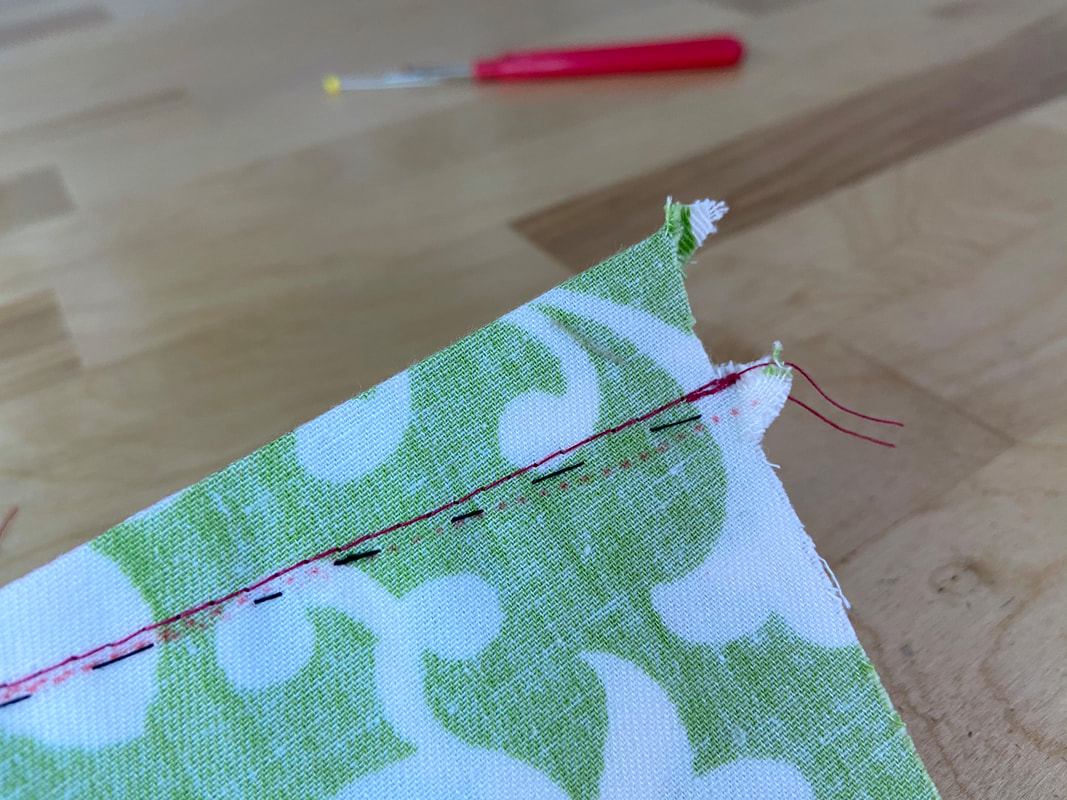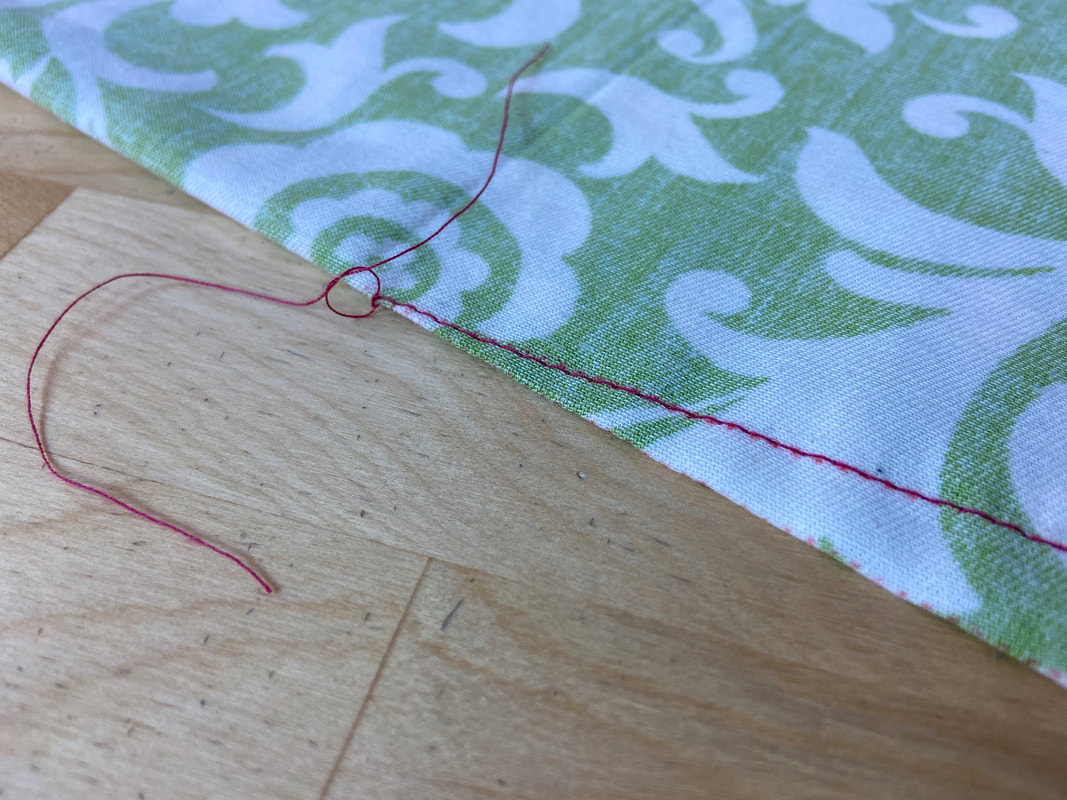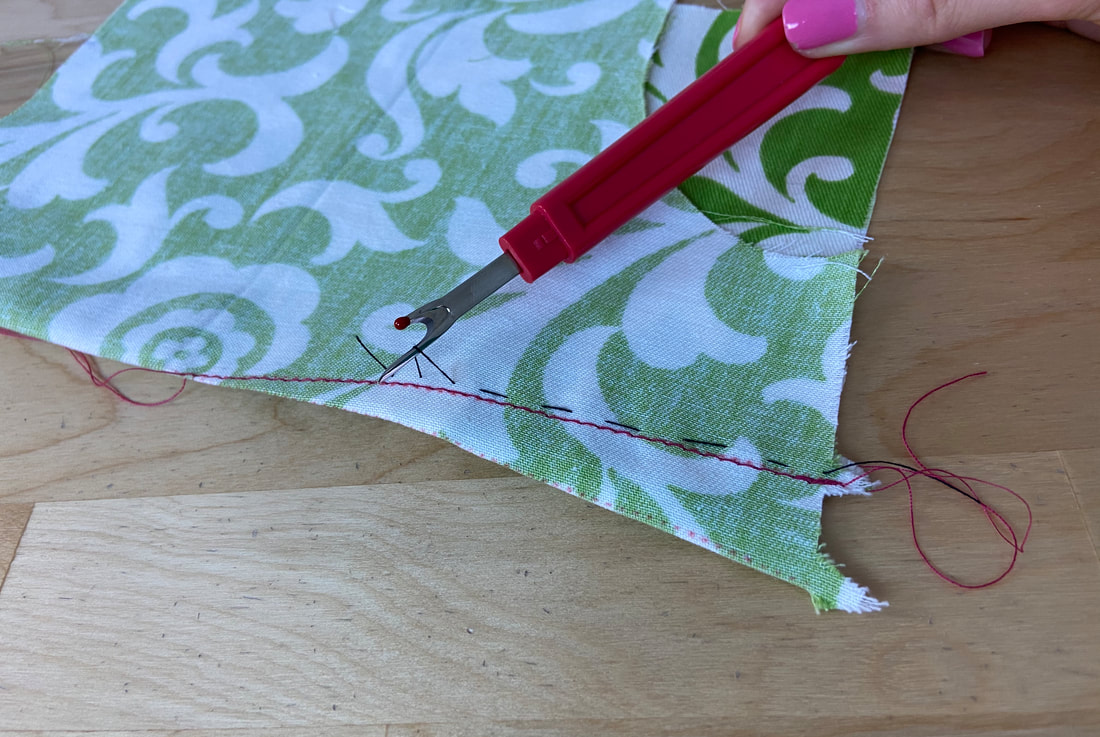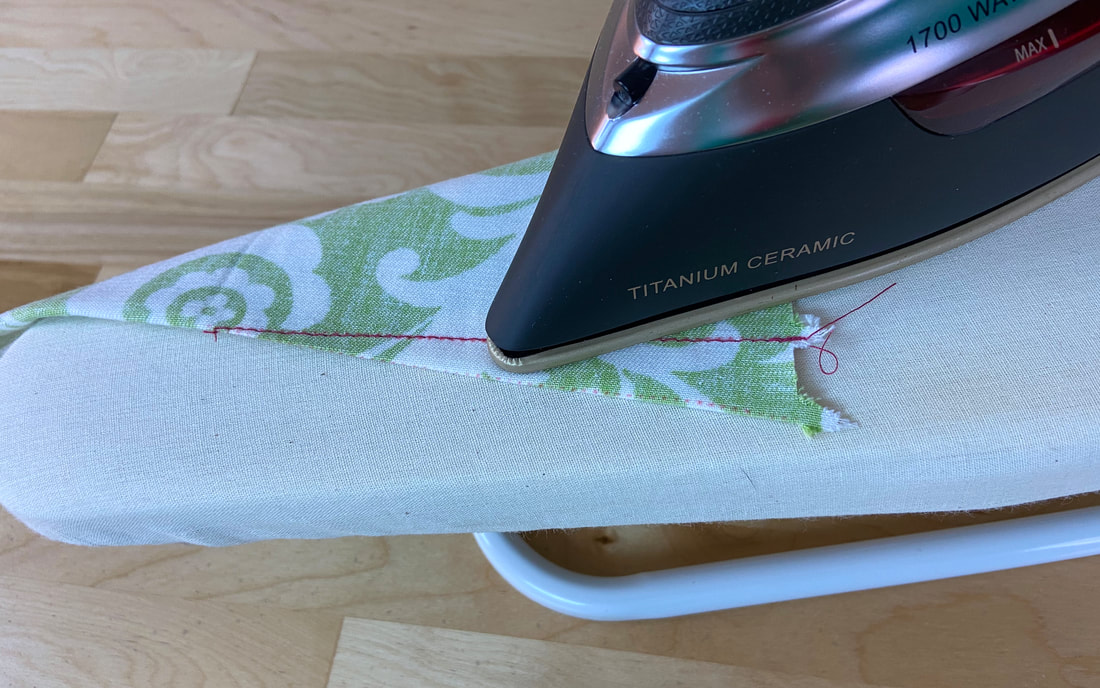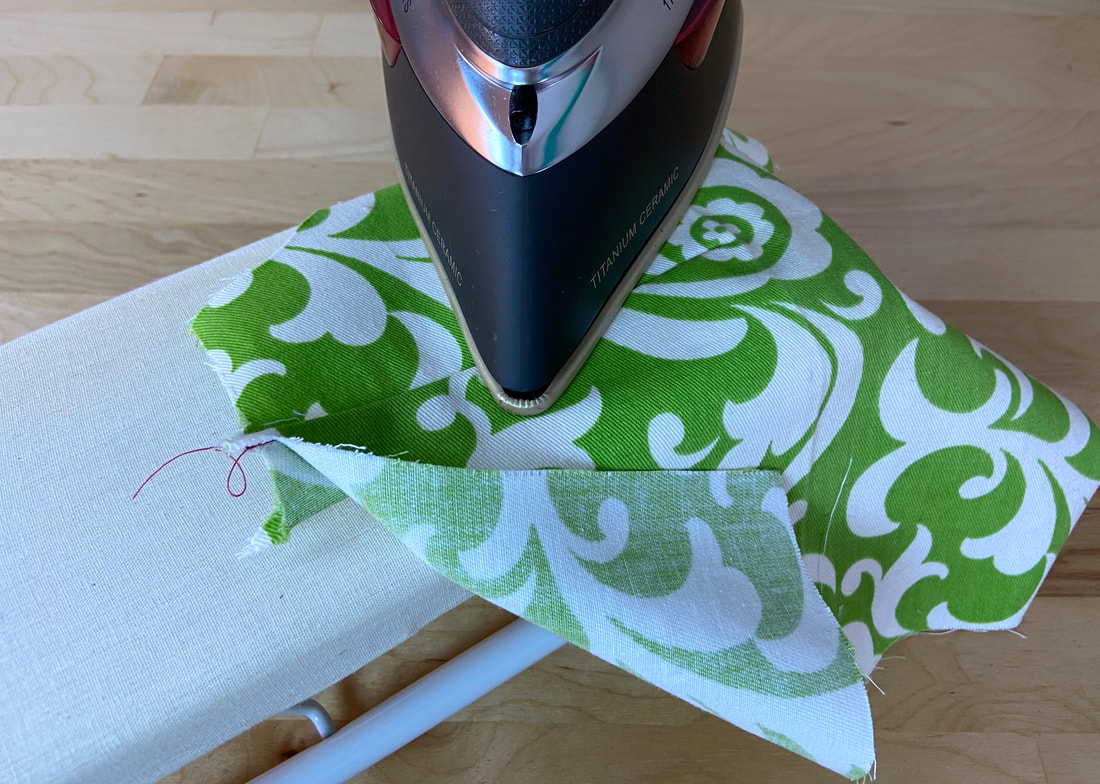As you might have guessed, single-pointed darts feature a single vanishing point. These darts always extend from a seam, either at the garment’s side, waist or shoulders. The widest area of the dart corresponds to a seam edge.
The amount of intake should be decided based on desired fit, size and body type. Single-pointed darts can be aligned vertically, horizontally or diagonally and are the most commonly used in dressmaking.
In order to sew a single-pointed dart, all dart lines should be transferred from the pattern onto fabric using the appropriate marking technique for the fabric/garment at hand. Choose from the following marking technique based on fabric type first, and preference second: Marking And Transferring Darts To Fabric
A single-pointed dart has one (1) vanishing point, two (2) dart legs (or dart stitch lines) and a center fold line located right in the middle of the dart legs. The fold line splits the dart perfectly in half. These three dart lines and each of their corresponding notches at the seam allowance are transferred to the wrong side of the fabric prior to sewing.
Sewing A Single-Pointed Dart
1. Using the transferred dart lines as a guide, fold the dart down the center line with fabric face sides touching.
The dart intake should correspond to the fabric’s wrong side.
The two dart stitch lines should now overlap and match up perfectly.
2. Insert a few pins through both dart stitch lines to ensure they are perfectly overlapping.
3. Once assured that the dart lines are aligned as needed, press the fold, being careful not to iron past the vanishing point. Using the tip of the iron will provide extra precision.
Ironing will add stability to the folded dart, keeping the folded layers in place during the stitching process.
4. Once ironed, re-insert the existing pins perpendicularly through both dart legs, making sure the pins go through the marked lines on each side of the fold. Add a few extra pins if needed. Pin up to the vanishing point in perpendicular relation to the folded edge.
If you feel comfortable with your sewing machine, stitch the dart following the marked lines from the widest area of the dart to the dart's vanishing point. Remove each pin as you approach it.
5. For beginner-to-intermediate dressmakers: Hand baste the dart next to the marked stitch lines, but not directly on top of them. Hand basting will provide extra stability and prevent the folded dart from shifting during the stitching process.
6. Starting at the widest area of the dart (where the notches are), start stitching directly on the dart line, moving toward the vanishing point. The hand basting should be located right next to the stitching and not directly under it.
Stop the machine stitch at a hair away from the vanishing point.
You may backstitch at the beginning of the dart (widest art) but never backstitch at the vanishing point or you risk puckering the fabric.
Leave yourself longer thread length to tie a knot by hand at the vanishing point.
7. Last but not least, pull (or use a seam ripper) to remove your hand basting stitch.
How To Correctly Iron A Single-Pointed Dart
First, iron the stitch in the direction it was applied. When it comes to darts, the stitch is always applied from the widest portion to the dart point. Press towards the vanishing point but never beyond it as this will leave a crease in the fabric surface.
Next, iron the dart excess towards the center for vertical darts, and downward for diagonal or horizontal darts.
The easiest way to iron dart excess is from the right side of the finished dart, directing the excess as needed underneath. Use a protective cloth for heat sensitive fabrics.
Note: You can iron the excess from the wrong side of the dart but use a tailor’s ham underneath to avoid accidentally creasing the dart seam.

